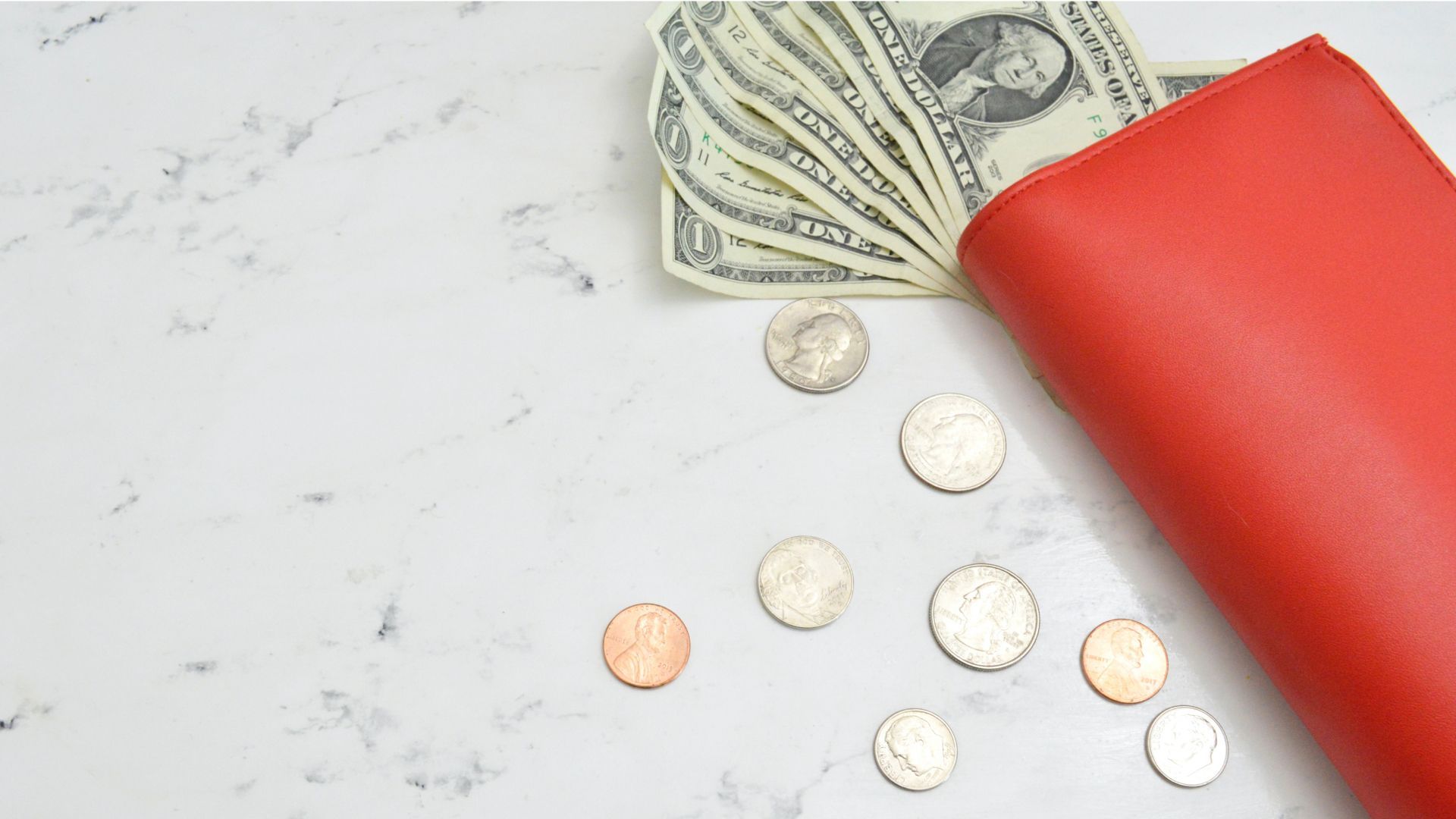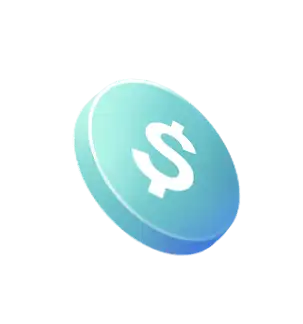Personal Finance
•
4 mins read
•
May 06, 2021
What Does ACH Stand For?
A thorough guide to ACH transfers, the types of payments you can make with them, and their benefits.

In banking, the acronym ACH stands for Automated Clearing House. The ACH Network is an electronic payment and money transfer system that is run by the National Automated Clearing House Association (NACHA). Using ACH, you can move money between banks without using cash, checks, credit card networks, or wire transfers.
What is an ACH Payment?
Chances are, you’ve made or received an ACH payment and haven’t even realized. If you’re paid via direct deposit, for example, that’s a form of an ACH payment. An ACH payment can only be made in the United States and they are often more cost-efficient and user-friendly than writing checks or paying with a debit or
.
There are two categories of ACH payments to know about: direct deposits and direct payments. A direct deposit covers government, business, and consumer payments, including payroll, government benefits, tax refunds, annuities, reimbursements, and interest payments.
A direct payment, on the other hand, covers the use of funds for making payments, either by individuals or by an organization. Types of ACH Payments
When making an ACH payment, such as a direct deposit or a direct payment, two types of ACH transfers are occurring: an ACH debit and an ACH credit. In an ACH debit, funds are pulled out of an account, while in an ACH credit, funds are pushed into an account.
Essentially, if your employer makes a direct deposit into your checking account in order to pay you, there is an ACH debit in the account of your employer who sent you the money and an ACH credit in your account, as you were the recipient of the money.
Benefits of ACH Payments
There are many benefits to ACH payments, which is precisely why they are as popular as they are. For one, ACH payments tend to be cheaper, given that they are not routed through expensive card networks.
They are also open to anyone with a United States bank account, making them highly accessible. This accessibility is only further underscored by their ease of use and speed, bypassing checks and other methods of payment. Moreover, they tend to be safer as bank account verification provides a form of fraud protection.
Cost of ACH Payments
Nevertheless, there are some downsides to ACH payments. First and foremost, many banks impose transaction limits on how much you can send via an ACH payment. Some banks may even prohibit you from sending money to international locations or could
for sending too many ACH payments in a month. In some cases, there are even
for sending an ACH transaction.
For this reason,
if ACH payments are important to you, and choose a platform with free and expedited transfers like
. Using a service like OnJuno takes the stress out of every transaction since you know exactly what to expect, without hidden bank fees or penalties for your payments.
Ultimately, ACH payments are a quick and easy tool that, more likely than not, you’ve already taken advantage of. Understanding the pros and cons of using ACH payments, though, as well as any fees you may be paying to use an ACH payment when this service is possible to find for free, is important for
and
.


